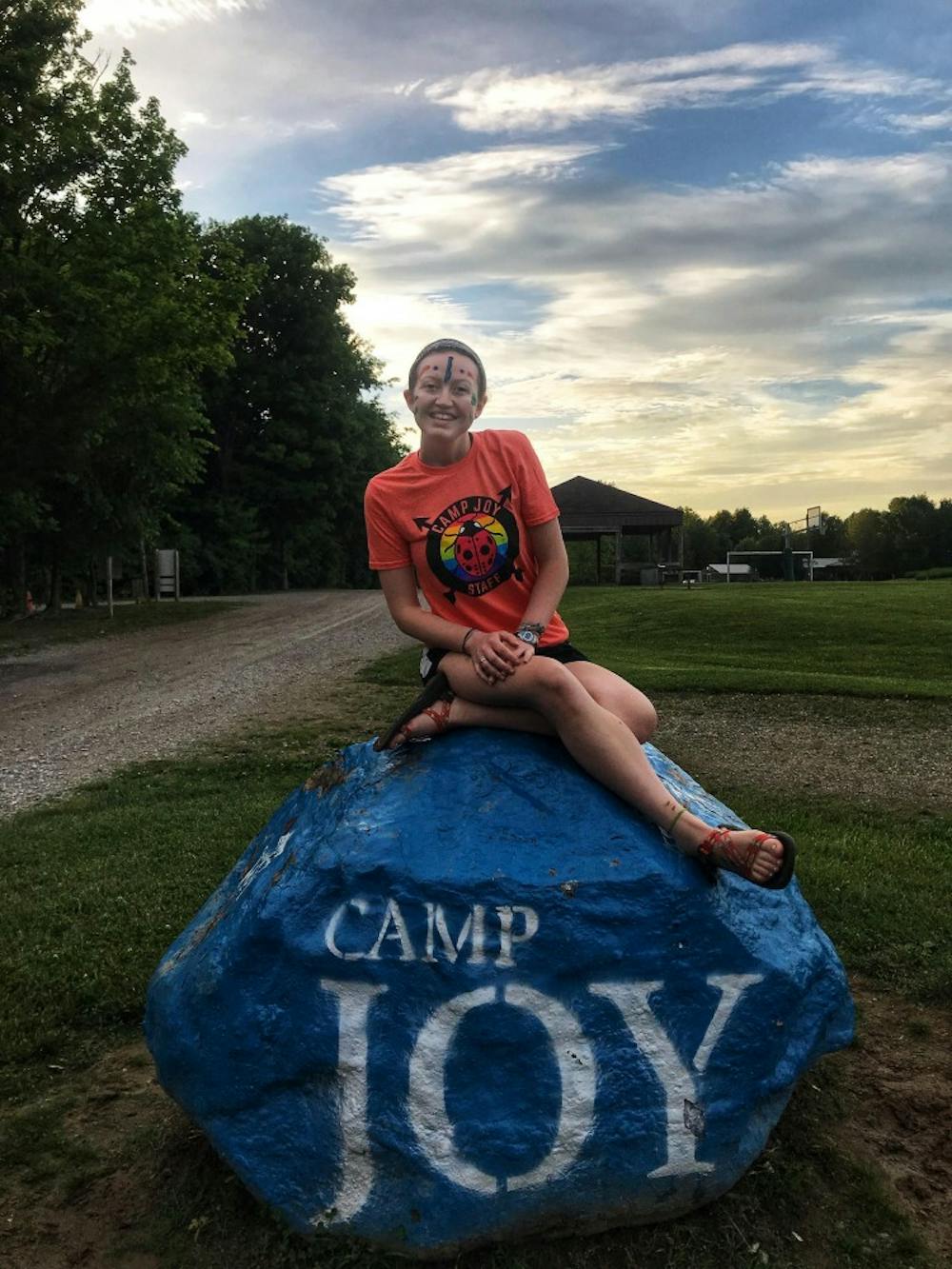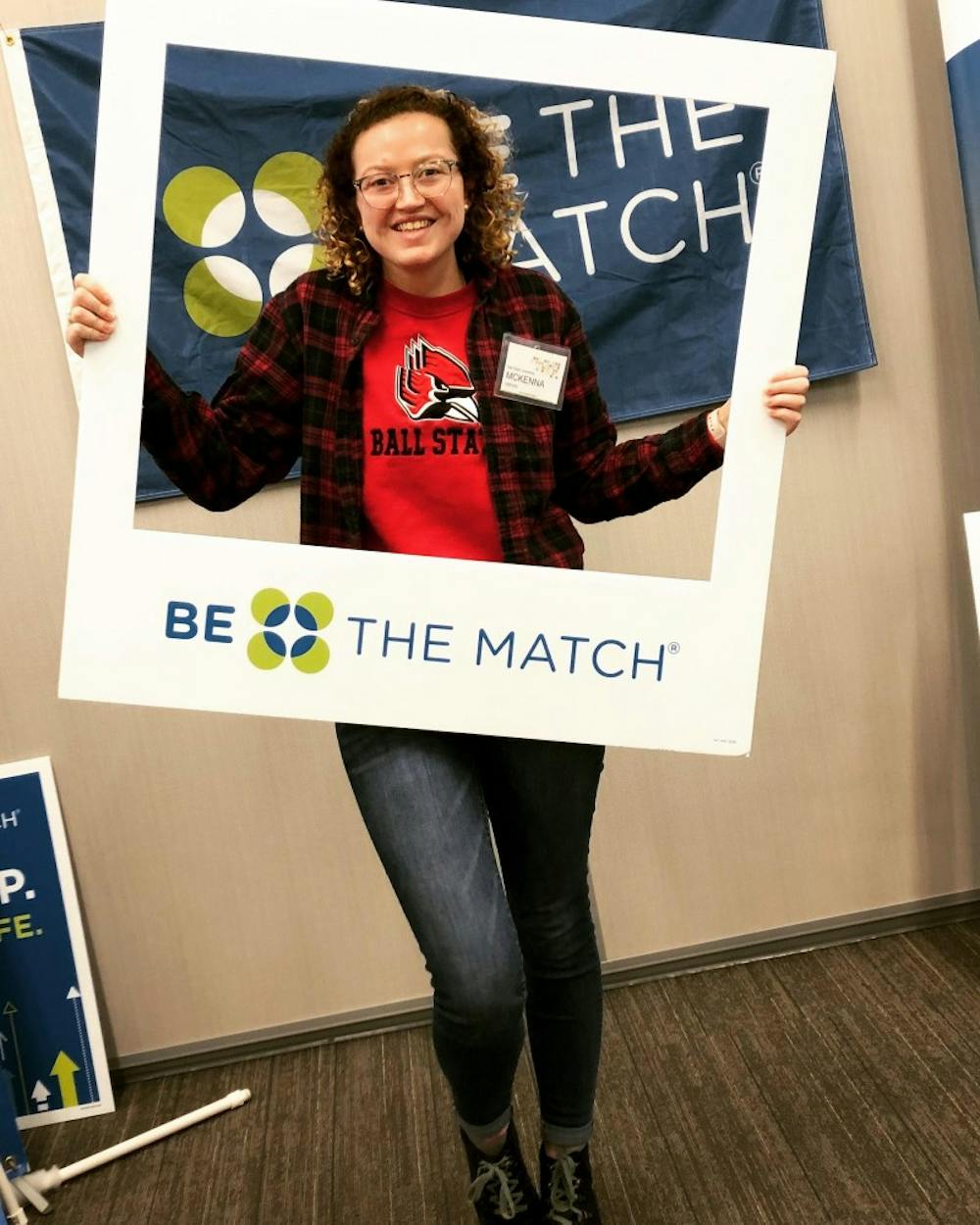- SCID is estimated to occur in 1 out of every 50,000 to 100,000 births.
- Children with SCID normally only live 1-2 years.
- It is estimated that 40-100 children are diagnosed each year.
- Less than 25 percent of children find a donor for a bone marrow transplant.
- Since 1982 St. Jude Children’s Hospital, which has one of the largest pediatric programs in the world, has performed 2,900 transplants.
Information from the National Human Genome Research Institute.
After fighting severe cases of kennel cough, chicken pox and pneumonia for years as a child, McKenna Crews and her family suspected something was wrong.
Dozens of hospital visits later, all she got were multiple treatments that didn’t work and many misdiagnoses for cancer.
Finally, at 4 years old, Crews and her 2-year-old sister Sydney found out they suffered from Severe Combined Immunodeficiency, SCID.
The disease meant Crews and her sister were born with little to no immune defense, making them more susceptible to infections and diseases. Even a simple cold could turn severe in a matter of days.
Two years later, Crews was given the opportunity for a bone marrow transplant. Because she was able to watch her sister undergo the treatment first, Crews said she had no worries.
“I don’t think that I was at a level where I could exactly comprehend what was going on with me,” Crews said. “I just knew that I was sick all the time, and the bone marrow transplant was supposed to make me better.”

McKenna Crews, at 6 years old, sits up in her hospital bed after her bone marrow transplant at Cincinnati Children's Hospital. Crews had a bone marrow transplant after finding out she suffered from combined immunodeficiency. McKenna Crews, Photo Provided.
Despite everyone's high hopes for the success of the operation, Crews suffered complications after the transplant. She was diagnosed with Graft-versus-host disease, a reaction that develops after a bone marrow transplant.
Doctors gave Crews a boost of cells from her bone marrow donor and then tried chemotherapy and steroid treatments. The long process caused Crews to lose most of her strength.
“I felt powerless,” Crews said. “I have always been a very independent person, even as a kid. I hated not being able to take care of myself and help other people, and having to rely on others to even get to my bedroom. My biggest struggle was not being able to do those things for myself. My dad had to carry me upstairs to my bedroom.”
At seven, only a few months after her bone marrow transplant, Crews was introduced to Camp Joy, a camp for children who have faced or are currently facing a variety of different diseases.
Every year following, Crews has continued to go to Camp Joy, building lasting relationships and finding what she said was her second home.
“I tell people all the time that I’m so grateful for being sick because it led me to Camp Joy,” Crews said. “There, I found my passion.”
Once she turned 16, Crews became a camp counselor because she wanted to be a part of Camp Joy “for the rest of her life.” Her sister, Sydney, who is now a senior in high school, will also be a camp counselor this summer.
“We’re sisters, and we’ve been through the same hardships,” Crews said. “So, just having that family member that could support me and understand what I was going through was super important.”

McKenna Crews visits Camp Joy in Clarksville, Ohio, for the 10th summer in a row after her bone marrow transplant when she was 6 years old. Crews, now a sophomore at Ball State, has become a camp counselor at Camp Joy. McKenna Crews, Photo Provided.
After coming to Ball State last year, Crews was accepted into her current sorority, Chi Omega, where she learned about Be The Match — an organization that advocated for student donors to assist people in need across the world.
Today, Crews serves as the president of Ball State’s chapter of Be The Match to help try and reach a wider audience of possible donors.
As president, Crews said her top priority is visiting groups around campus to increase the number of ethnically diverse students who are donating bone marrow to try to help to people in need get help faster.
Phoebe Scherer, a senior fashion design major and a member of Chi Omega, also heard about Be The Match through the sorority and decided to sign up for the possibility of being a donor.
“I signed up, but I didn’t really think about it,” Scherer said. “At the end of January of my junior year, I got a call from the Indiana Blood Center, and they told me I was a potential match.”

Even though Scherer signed up before she met Crews, she said Crews was one of the first people she reached out to after she was officially chosen to be a donor.
Because of the need for consensual restrictions, Scherer only knows she donated to a woman who was the same age as her mother; although, in a year, Scherer could have the opportunity to meet her.
“My mom’s 54, so if I could save someone’s mom, then it’s just the coolest thing in the world,” Scherer said.
Scherer said she is grateful for meeting and hearing her sorority sister’s transplant story before she donated because it changed her mindset, and she said Crews provided support before, during and after the procedure.
“What I did was so small compared to what she’s doing, so why wouldn’t it be worth it?” Scherer said. “[Crews is] just a fighter.”
Although Crews plans to eventually enter the education system, she said she hopes to always be a part of Be The Match to help find donors for people who need them most.
“I can never be on the bone marrow registry to donate,” Crews said. “So, I want to be able to give back in the ways that I can.”
Contact Tierra Harris with comments at tmharris@bsu.edu.





